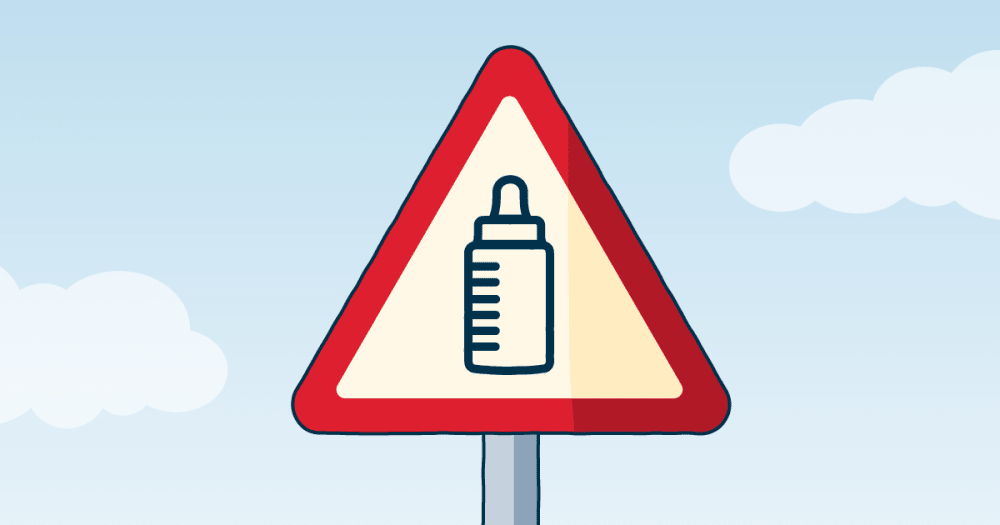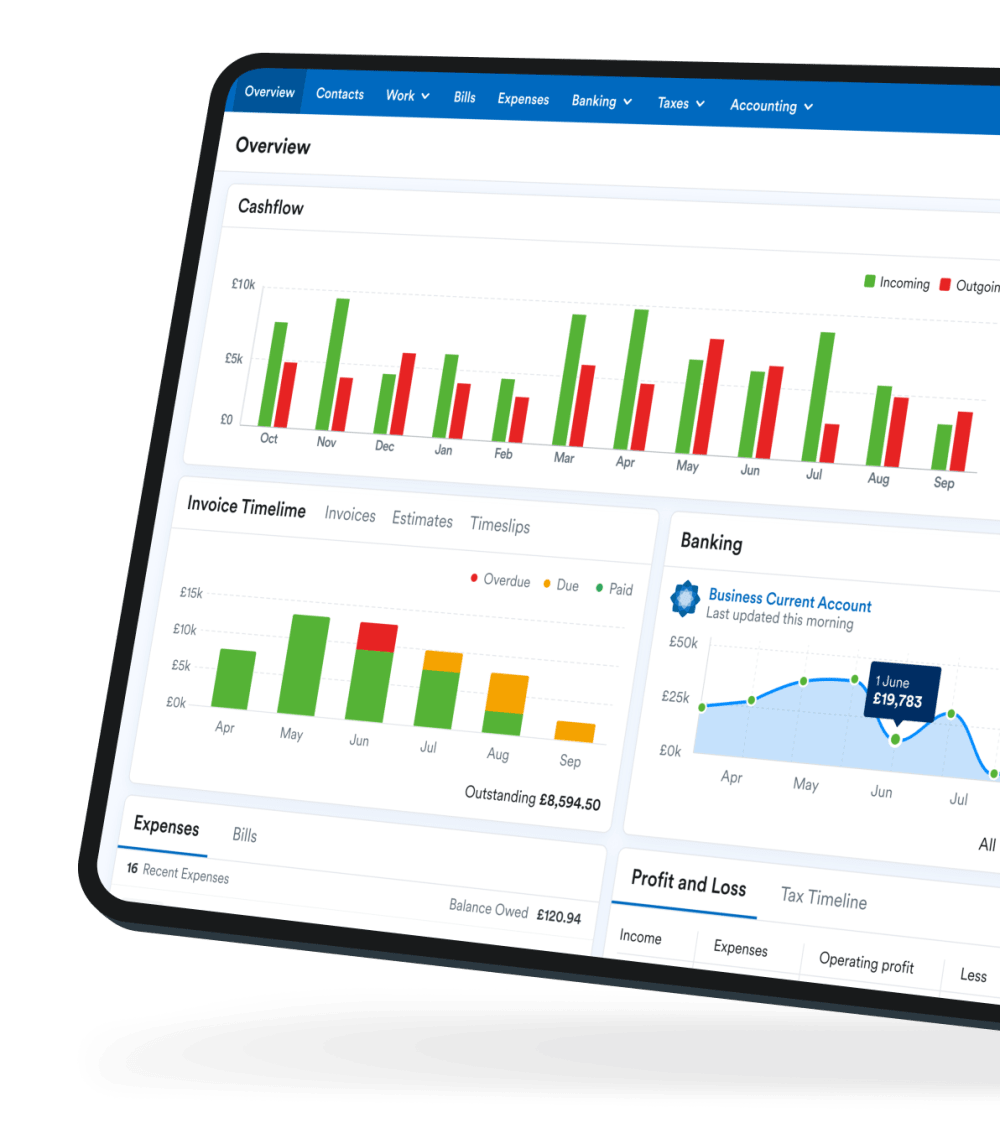Maternity pay for self-employed mums

Navigating the ins and outs of maternity leave while you’re in full-time employment is one thing, but figuring out maternity leave when you’re self-employed can be even trickier.
Fortunately, there are a few different options available for self-employed mothers. From applying for Maternity Allowance to freelancing during your maternity leave, there are a number of different ways you can protect yourself financially during this time.
What is Statutory Maternity Pay?
Statutory simply means ‘required by law’, and Statutory Maternity Pay is the pay that employers must provide to their eligible contracted employees.
Am I eligible for Statutory Maternity Pay if I’m self-employed?
Unfortunately not. To be eligible for Statutory Maternity Pay (SMP), you must have a full-time employment contract with a company that pays you through PAYE and deducts National Insurance and tax for you. You’d also have to have worked for that company for at least 26 weeks at the 15th week before your baby is due.
SMP is paid to eligible employees for up to 39 weeks. You would get 90% of your average weekly earnings (before tax) for the first six weeks, and then £172.48 or 90% (whichever is less) of your average weekly earnings for the next 33 weeks.
Maternity Allowance - an alternative option
Maternity Allowance is a benefit specifically for those that don’t meet the eligibility requirements for Statutory Maternity Pay, including self-employed people.
Am I eligible for Maternity Allowance if I’m self-employed?
Yes, you probably are. There are two main kinds of Maternity Allowance: full rate and reduced rate. To qualify for either rate of Maternity Allowance, you must first meet the following criteria during the 66 weeks before the baby’s due date:
- You must have been self-employed for a minimum of 26 weeks.
- Your earnings must be £30 a week or more, for at least 13 weeks (the weeks don’t have to be consecutive).
Full rate Maternity Allowance
To be eligible for the full Maternity Allowance as a self-employed person, you need to have paid Class 2 National Insurance for a minimum of 13 of the 66 weeks before your due date. You can check how much you’ve paid by logging into your HMRC account, or by searching for these transactions in your FreeAgent account. Once you have submitted your claim, the Department for Work and Pensions will check that you’ve paid enough to be eligible, and they will contact you if you aren’t.
The full Maternity Allowance payment is £172.48 per week, or 90% of your average weekly earnings (whichever is less). You’ll receive these payments for a maximum of 39 weeks. You can file your claim for Maternity Allowance once you’ve been pregnant for 26 weeks, and the payments should start 11 weeks before your baby is due.
Reduced rate Maternity Allowance
If you haven’t paid enough Class 2 National Insurance for the full allowance, don’t worry - you might still be eligible for the reduced rate Maternity Allowance of at least £27 a week for up to 39 weeks. As with the full rate, these payments should start 11 weeks before your baby is due. The application process for both rates is the same, and you’ll find out if you’re eligible once your application has been processed.
It’s worth bearing in mind that you might still be able to claim the full rate of Maternity Allowance by making early National Insurance payments. Contact HMRC directly for more information on this.
How to apply for Maternity Allowance
You can apply for Maternity Allowance through HMRC. You’ll need to download and print the MA1 form from their website and then return it via post, along with evidence of your baby’s due date.
If you are registered as self-employed and have made sufficient National Insurance contributions, you will be classed as having enough weekly earnings to receive full rate Maternity Allowance, and shouldn’t have to submit proof of income.
How frequent are Maternity Allowance payments?
You can choose to receive your payments in either fortnightly or four-weekly intervals.
If you’re not eligible for Maternity Allowance
You might still be eligible for Employment and Support Allowance (ESA) and you’ll be automatically considered for this benefit if your application for Maternity Allowance is denied. You’ll normally get the ‘assessment rate’ for 13 weeks while your claim is being assessed. The rate is up to £67.20 per week for people under 25, and up to £84.80 for people over 25. For more information on ESA, contact HMRC directly.
Can I freelance while on maternity leave?
If you’re currently on maternity leave from an employer, you might be looking to source additional income from freelance work. If so, the first thing to bear in mind is that no one can legally do any work in the first two weeks after birth. This period is known as compulsory maternity leave. After this period, you may be able to do some self-employed work, depending on which benefits you are receiving, as well as the particulars of your employment contract.
If you’re receiving Maternity Allowance, then you’re only allowed to work up to 10 days during your Maternity Pay Period (MPP). These days are formally known as ‘Keeping in Touch’ (KIT) days. Any work at all carried out on a single day during this period, no matter how long it takes, counts as a full KIT day.
Things are a little more flexible if you are receiving Statutory Maternity Pay (SMP). In this scenario, you will be bound by the terms of your employment contract, which might prevent you from doing any work at all during your maternity leave period. If your contract doesn’t prohibit this, then any self-employed work you undertake during your maternity pay period will not affect your Statutory Maternity Pay. However, it might still be a good idea to run any plans to do freelance work during this time past your permanent employer as a courtesy.
Do self-employed dads get paid paternity leave?
Unfortunately, there are no benefits that self-employed dads can apply for. Fathers looking for paternity leave must have an employment contract to be eligible for any of the governmental benefits available. For advice on planning finances around this period, check out this guide for self-employed dads.
Does shared parental leave and pay apply to the self-employed?
Shared parental leave and pay has been around since 2016, allowing couples to share up to 50 weeks of their leave, 37 weeks of which is paid, after the birth of their child. This gives couples greater flexibility and freedom during their baby’s first year. Unfortunately, this flexibility doesn’t extend to self-employed couples, who are not eligible. However, if only one member of the couple is self-employed and they satisfy the eligibility requirements, this may enable their employed partner to access shared parental leave and pay.
Keeping track of your self-employed finances
If you carry out self-employed work after compulsory maternity leave, it’s important to keep a close eye on your business finances. With a full range of features from invoicing and expense management to personalised insights and Self Assessment filing, FreeAgent’s accounting software can help you to stay on top of your business admin so you’ll always know where you stand.
Find out more about how FreeAgent can help you keep track of your finances.

Disclaimer:The content included in this guide is based on our understanding of tax law at the time of publication. It may be subject to change and may not be applicable to your circumstances, so should not be relied upon. You are responsible for complying with tax law and should seek independent advice if you require further information about the content included in this guide. If you don't have an accountant, take a look at our directory to find a FreeAgent Practice Partner based in your local area.
